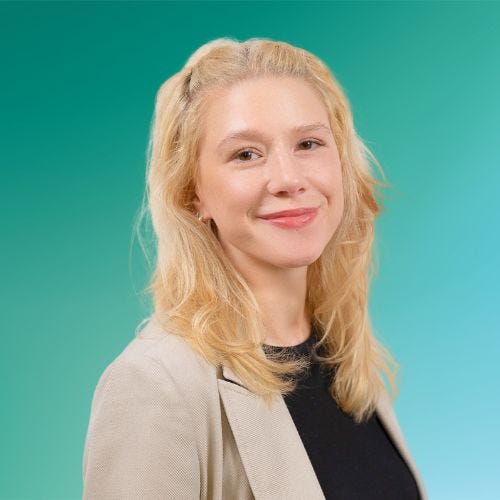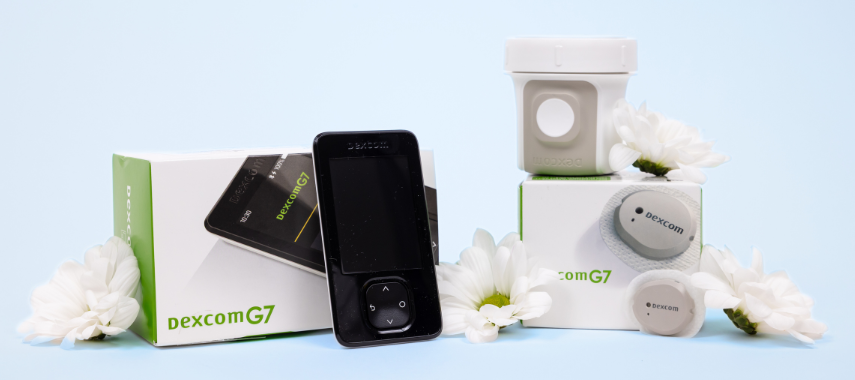This piece has been medically reviewed by Victor Marlar, MD, Medical Advisor to Aeroflow Diabetes.
Insulin injections work wonders for people with Type 1 or Type 2 diabetes. They can help you manage your blood glucose levels, even when your body doesn’t produce insulin, like people with Type 1 diabetes.
But, if you accidentally inject too much insulin, commonly referred to as “insulin stacking,” it can result in severe hypoglycemia.
Read this post to find out what insulin stacking is and how to avoid it.
What Is Insulin?
Insulin is a hormone found in your body that helps turn glucose into energy.
Glucose can be found in foods that have carbohydrates, such as bread. When you eat foods that contain carbs, they’re broken down in your digestive tract and turned into glucose. Then, the glucose is absorbed into your bloodstream and insulin lets your body know to turn that glucose into sugars that your body uses for energy.
Insulin also does the important job of managing your blood sugar levels. If you’ve eaten lots of carbohydrates and have too much glucose in your system, insulin stores some of it in your liver.
There are different types of insulin and different ways a person can administer insulin for glucose control, such as an insulin pen, an insulin pump, or a needle with a syringe. You can also have different injection sites.
Insulin and Diabetes
Type 1 and Type 2 diabetes occurs when your body simply doesn’t make enough insulin, or when it uses insulin improperly.
With Type 1 diabetes, your body doesn’t make insulin, so you are in constant need of it to help regulate your glucose levels.
With Type 2 diabetes, your body develops insulin resistance and is unresponsive to the regular insulin present in the body, so you need higher levels of it to manage your glucose.
People with Type 1 diabetes need insulin injections since their bodies don’t make enough of it, but people with Type 2 diabetes can sometimes manage blood glucose levels without injections. In some cases, though, regular management is not enough, and insulin injections are needed to bring up glucose levels in the body.
If you have diabetes and don’t like using painful fingersticks to monitor your blood glucose levels, you can try using a continuous glucose monitor (CGM). You can get low-cost CGMs from Aeroflow Diabetes using your Medicare or other private insurance plan. See if you qualify today.
What Is Insulin Stacking?
Insulin stacking or “overcorrecting” typically refers to the accumulation of short-acting insulin in the bloodstream which can occur when insulin injections are given too close together.
Insulin injections, also known as bolus insulin injections, are made of rapid-acting insulin that starts taking effect in your bloodstream about 15 minutes after injection. A typical short-acting insulin injection may remain in the system for around 4 hours after injecting.
When someone accidentally stacks their insulin, they are reacting to high blood sugar levels (hyperglycemia) and attempting to give a correction dose.
Insulin stacking can also occur when someone with diabetes miscalculates when their insulin injections will take effect. In most cases, the previous insulin is still working in their body, so injecting more results in too much insulin in the bloodstream, or stacking. Any additional insulin deliveries given within the 4-hour timeframe are stacked on top of the insulin already in your system, causing you to enter into a state of hypoglycemia or low blood sugar.
The Dangers of Insulin Stacking
The main concern with insulin stacking is the risk of hypoglycemia. Therefore, it can be dangerous to give repeated insulin injections within a short timeframe as the amount of insulin in the body can build up, or "stack," resulting in low blood sugar. When in a state of hypoglycemia, you may feel:
- Fatigue
- Shaky
- Anxious
- Unable to speak.
- Sweaty
- Hungry
- Irritable
- Tingling in or around your mouth.
In some cases of long-lasting hypoglycemia, you may experience confusion, seizures, blurred vision, loss of consciousness, hospitalization, and in severe cases, death.
How to Avoid Insulin Stacking
There are lots of precautions you can take to make sure you don’t accidentally stack your insulin.
Pay Attention to Mealtime Insulin Doses
Learning to better dose mealtime insulin helps to eliminate the need for stacking. To do this, you should estimate the amount of carbohydrates you’re about to eat during a meal in order to determine what amount of insulin you should give yourself.
You can use the insulin-to-carbohydrate ratio to calculate this. You should take 1 unit of insulin for a certain amount of carbs. For example, you can inject 1 unit of insulin for every 20 grams of carbs you eat (1:20 ratio).


Use A CGM Device
If you are a diabetic patient, using a continuous glucose monitor can help make your diabetes care plan easier to manage. By using a CGM offered through Aeroflow Diabetes, you no longer need painful fingerpricks to measure your glucose fluctuations. Diabetes management with a CGM can also provide readings of blood glucose levels anytime, anywhere, with Bluetooth readings from transmitters and discreet sensors.
Keep Track of Injections
This may seem obvious, but sometimes life gets hectic and we lose track of important things. You should always try to keep track of your injection times with an insulin book or diary. This will help you avoid excessive stacking.
Exercise
If you’re going into a hyperglycemic event, you can engage in physical activity, such as walking or biking to help bring down your blood sugar levels.
Use Insulin Pumps
Insulin pumps are useful because they calculate the "insulin on board" to prevent stacking.
Contact Your Doctor
If you often experience insulin stacking, speak with a healthcare professional. They may be able to help get you back on track and figure out where you are miscalculating your injection times.
Have Patience
Keep in mind that your insulin injections take 15 minutes to start working and last around 4 hours. Don’t go overboard with bolus injections next time you feel like you’re going into hyperglycemia. Just try to wait it out and see if you actually need it.
Try A Bolus Calculator
The biggest benefit of a bolus calculator is that it keeps track of the duration of insulin action (DIA), telling you how long your insulin will have an effect on your system. The duration of action measurements can also help you determine the accurate dose you need.
How Aeroflow Diabetes Can Help
If you’re experiencing insulin stacking and need help managing your diabetes, Aeroflow Diabetes may be able to help. We provide low-cost CGM devices through Medicare and some private insurance plans. Follow these steps to see if you qualify.
- Fill out our qualify form.
- Once you’re approved, a diabetes specialist will reach out to you and help you get all of the necessary paperwork completed. They’ll also answer any remaining questions you may have.
- After choosing your CGM supplies, they’ll be shipped directly to your home on a monthly basis.
Information provided on the Aeroflow Diabetes website is not intended as a substitute for medical advice or care from a healthcare professional. Aeroflow recommends consulting your healthcare provider if you are experiencing medical issues relating to diabetes care.









